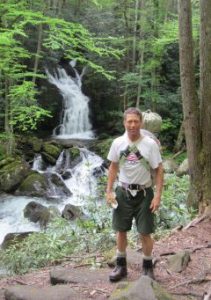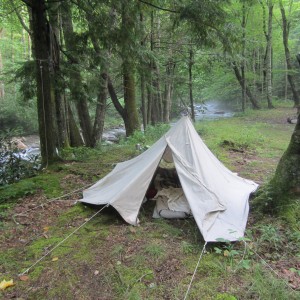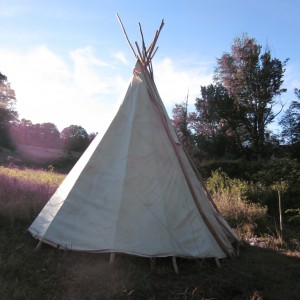[et_pb_section transparent_background=”off” allow_player_pause=”off” inner_shadow=”off” parallax=”off” parallax_method=”on” padding_mobile=”off” make_fullwidth=”off” use_custom_width=”off” width_unit=”off” custom_width_px=”1080px” custom_width_percent=”80%” make_equal=”off” use_custom_gutter=”off” fullwidth=”off” specialty=”off” admin_label=”section” disabled=”off”][et_pb_row make_fullwidth=”off” use_custom_width=”off” width_unit=”off” custom_width_px=”1080px” custom_width_percent=”80%” use_custom_gutter=”off” gutter_width=”3″ padding_mobile=”off” allow_player_pause=”off” parallax=”off” parallax_method=”on” make_equal=”off” column_padding_mobile=”on” parallax_1=”off” parallax_method_1=”on” parallax_2=”off” parallax_method_2=”on” parallax_3=”off” parallax_method_3=”on” parallax_4=”off” parallax_method_4=”on” admin_label=”row” disabled=”off”][et_pb_column type=”4_4″ disabled=”off” parallax=”off” parallax_method=”on” column_padding_mobile=”on”][et_pb_text background_layout=”light” text_orientation=”left” admin_label=”Text” use_border_color=”off” border_style=”solid” disabled=”off”]

A few years ago I had a strange fascination with living outside on the edge where the frost or dew greet me every morning. Not JUST when backpacking but ALSO when backpacking. I had MCS or Multiple Chemical Sensitivities and I went into nature to heal. It was where I could get grounded and get away from the toxins inside modern houses. But there was no safe camping gear. Everything was synthetic and toxic. So I started playing with designs for natural fiber camping gear.
I wanted to live outside without synthetic materials. For one, they are philosophically a contradiction…. We go in nature and wrap ourselves in plastic. But the main thing was, the quality of sleep that wool provides is unparalleled. It is like the BAREFOOT version of sleeping. And sleep is where we heal. I needed to be outside AND to sleep. They actually go together perfectly, but I had to find a way.
I was trying to figure out how to have a natural sleep away from synthetics in nature, especially backpacking. I wanted to make nature my home and not a mere ‘camping’ experience. That meant bringing the most comfortable things that didn’t compromise quality of life.
First I had to learn to sew. Then I had to get past the blank stares from the fabric sales ladies who thought I was crazy. Plus I had to damage my bank account for what could have been a complete disaster of an experiment. But eventually I had a very crazy looking sleeping bag, unlike any I or anyone I knew had ever seen. When I slept in it outdoors and discovered how it transformed my sleep I was elated. My hypothesis proved correct. I could sleep through heavy dews and frost and remain dry and snug in the humid environments of the Southern Appalacians where I lived.
I know I was violating some taboos: “Thou shalt NOT use wool for sleeping bags.” It was a sacrilege. Apparently it was okay for socks and for base layers, so why not sleeping bags? The reason was….people just didn’t know about it. I don’t know how the knowledge was lost…or almost so. Some crazy marketing

campaign that started in the 1930’s to promote the then newly discovered synthetic fabrics had left wool eventually in the dust. The fact is that wool is in fact the best outdoor fabric and nothing manmade can compete. Wool is king. Down is light but doesn’t work in humidity. If it doesn’t work, what does it matter how light it is? Down is covered in synthetic fabric, which also is problematic because the fabric traps moisture both from the outside as well as the insensible perspiration that comes off the body while we sleep.
I kept playing around with materials and prototypes testing them for hundreds of nights sleeping under the sky in all conditions I finally came up with a version was ready for market. I know this was the biggest NO NO in the outdoor culture.
Well, I thought about it and with some special tweaks of materials and design, and searching the planet for the very hard to find ingredients, I came up with a bag that is comparable in weight to a synthetic fill bag of the same temperature rating.

I designed my first prototype in 2012 and tested it extensively in all kinds of weather. I lived several months of the year including winter in a tipi or under the bare sky often when traveling. I would wake up in the morning having the best sleep I can remember and have no idea that within inches of my skin it was subzero temperatures and that I was even sleeping outdoors. I felt just the perfect temperature and didn’t feel compressed from piles of heavy bedding.
This one inch thick loft, 2.5 lb. bag went down to about 50 degrees. I was real happy with how it worked. I slept so well and could sleep right through a dense fog or dew without noticing a clammy feeling. It was really amazing and startling the difference compared to synthetic or down bags.
I added some loft and came up with the Lucky Sheep™ sleeping bag in Feb. 2016, which is twice as thick with a 2.5″ loft and weighs 5 lbs.
[/et_pb_text][/et_pb_column][/et_pb_row][/et_pb_section]

